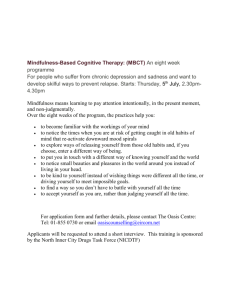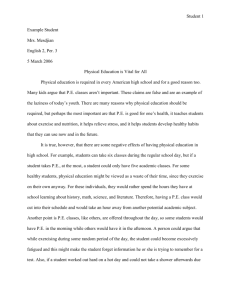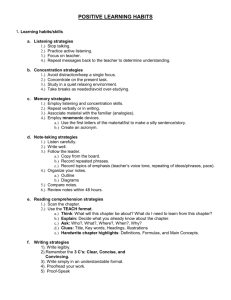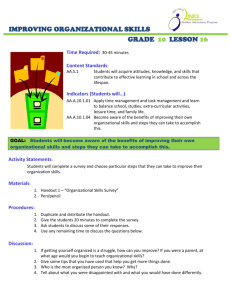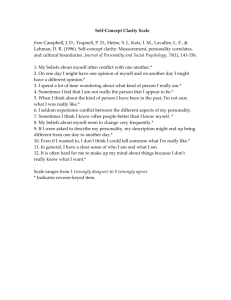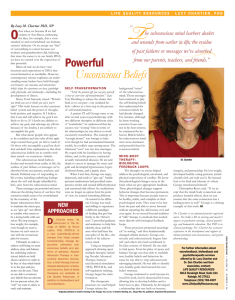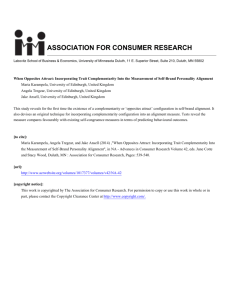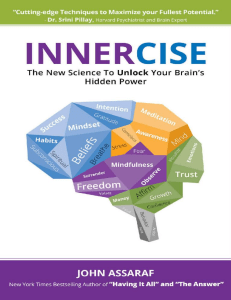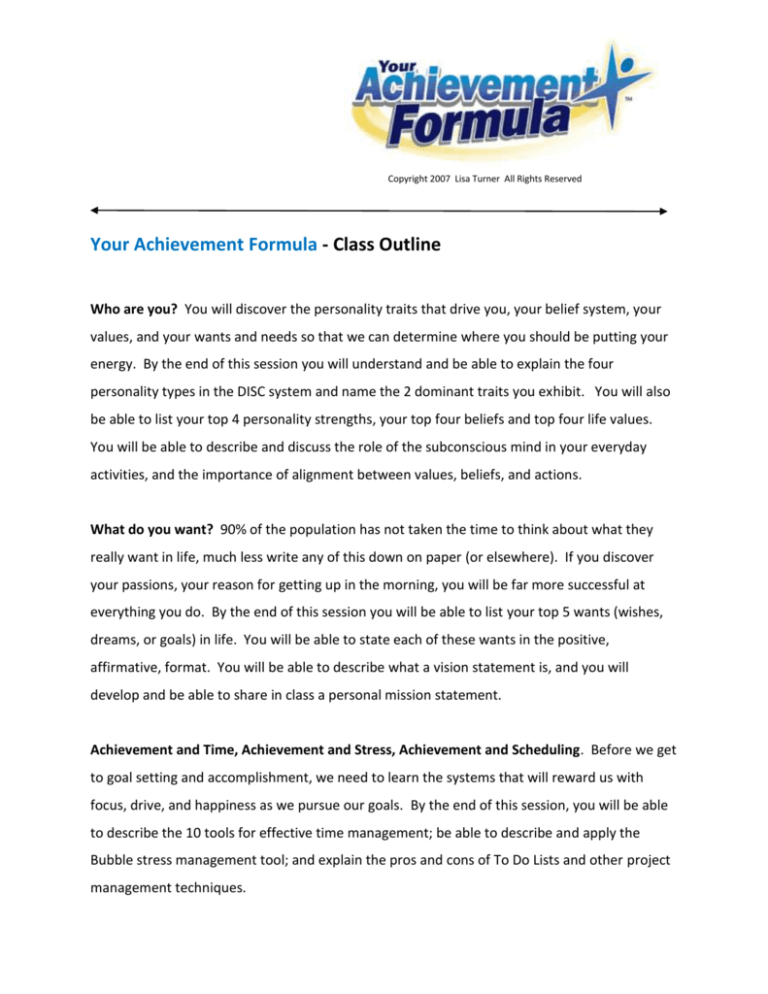
Copyright 2007 Lisa Turner All Rights Reserved
Your Achievement Formula - Class Outline
Who are you? You will discover the personality traits that drive you, your belief system, your
values, and your wants and needs so that we can determine where you should be putting your
energy. By the end of this session you will understand and be able to explain the four
personality types in the DISC system and name the 2 dominant traits you exhibit. You will also
be able to list your top 4 personality strengths, your top four beliefs and top four life values.
You will be able to describe and discuss the role of the subconscious mind in your everyday
activities, and the importance of alignment between values, beliefs, and actions.
What do you want? 90% of the population has not taken the time to think about what they
really want in life, much less write any of this down on paper (or elsewhere). If you discover
your passions, your reason for getting up in the morning, you will be far more successful at
everything you do. By the end of this session you will be able to list your top 5 wants (wishes,
dreams, or goals) in life. You will be able to state each of these wants in the positive,
affirmative, format. You will be able to describe what a vision statement is, and you will
develop and be able to share in class a personal mission statement.
Achievement and Time, Achievement and Stress, Achievement and Scheduling. Before we get
to goal setting and accomplishment, we need to learn the systems that will reward us with
focus, drive, and happiness as we pursue our goals. By the end of this session, you will be able
to describe the 10 tools for effective time management; be able to describe and apply the
Bubble stress management tool; and explain the pros and cons of To Do Lists and other project
management techniques.
Personal goal setting that works for you. In this module we will talk about how to establish
goals and timelines that are fully aligned with our values, beliefs, and personal mission
statement. We will choose and prioritize four top goals from our wants list. We will talk about
how to write out our goals, how to prioritize our goals, and the techniques for testing goal
alignment. By the end of this session, you will be able to list your top 10 goals, have goals listed
in the 8 areas of life, be able to state your goal in a positive format, and be able to write a
project plan with timelines for the achievement of your top goal. You will be able to describe
how to test your goals for values alignment using the methods taught in class.
Measuring Success, Leveraging Failure. Celebrate. In this last module we will discuss the
things that will ensure our success and allow us to take learning lessons from our failures. We
will discuss routines and habits, affirmations, reinforcements, visualizations, programming the
subconscious, and celebrating our wins. We will talk about tools such as goals software,
hypnotherapy, and quiet time. By the end of this session, you will be able to list your 3 best
habits, your 3 worst habits, explain how to create or break a habit, and the role of habits and
routines in our lives. You will be able to describe the technique for taking lessons from failures,
the procedure for handling discouragement, and the best methods for planning and scheduling.
You will be able to list three techniques for keeping the generation of goals and the planning for
your goals alive and on track. You will be able to describe the pros and cons of PC based goals
software and “quiet time” techniques. Finally, you will be able to describe why it is important to
celebrate each milestone in goal achievement.
By the time you complete this six week seminar, I guarantee you will raise your competencies in
goal setting, values alignment, and productivity by a minimum of 30%. We will take an
assessment during the first class, so you will know exactly where you fall in the class and
compared to the general population.



